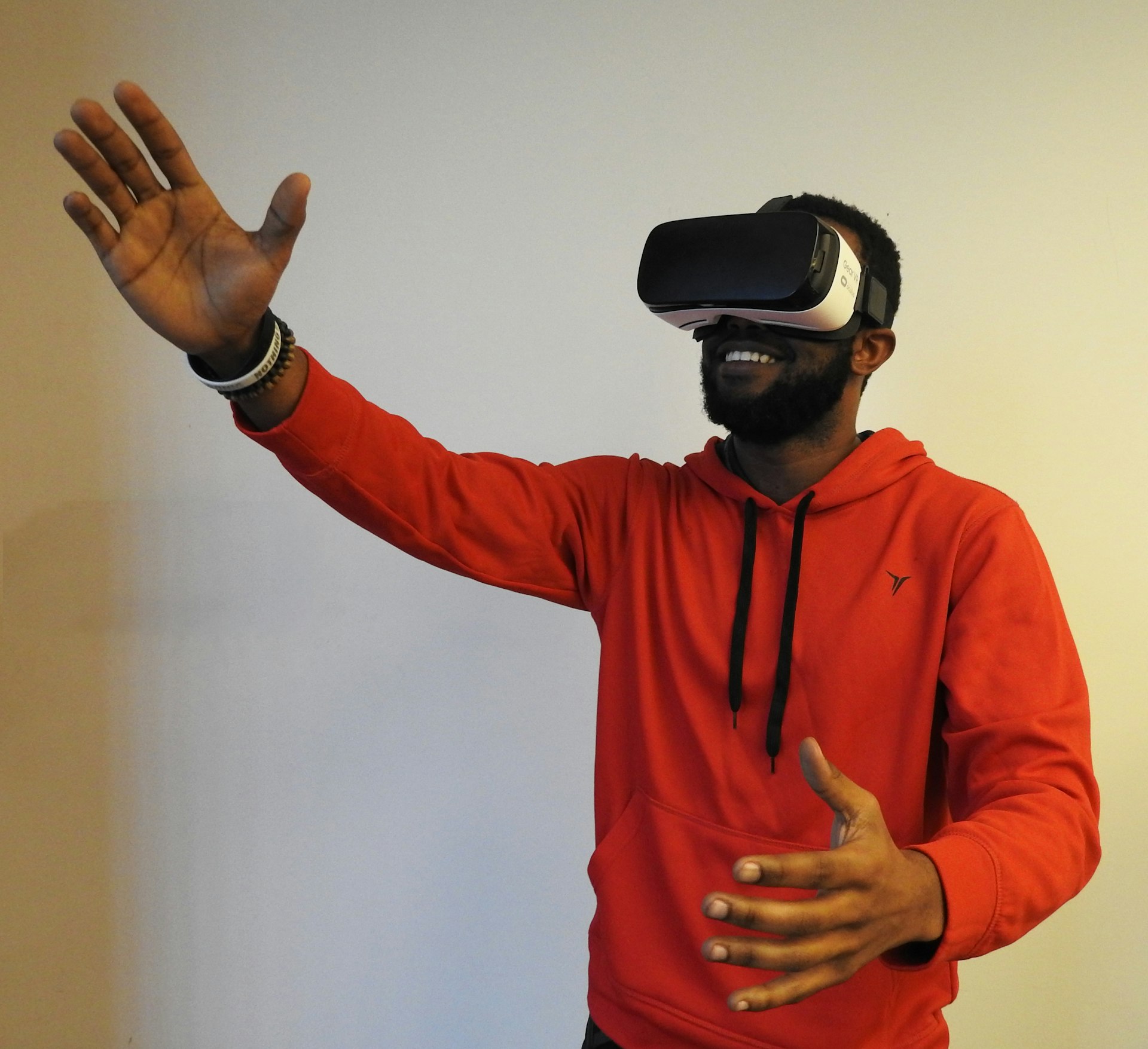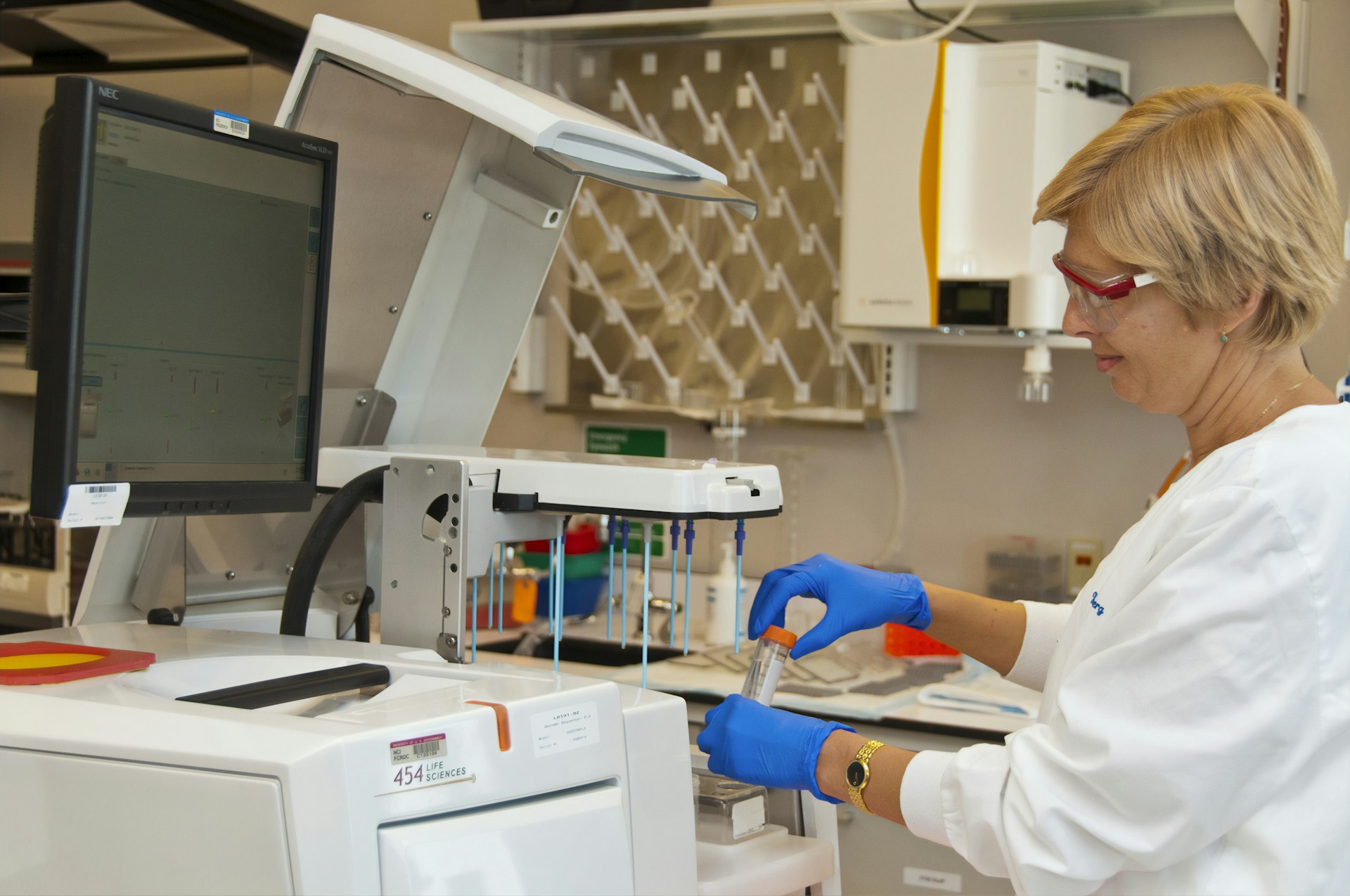Transforming Healthcare: The Role of Predictive AI in Modern Diagnostics

Photo by Fotos on Unsplash
Introduction
Healthcare diagnostics is undergoing a profound transformation, driven by the rise of predictive artificial intelligence (AI) . By leveraging vast medical datasets and advanced algorithms, predictive AI allows clinicians to diagnose diseases earlier, personalize treatment plans, and improve patient outcomes. This article explores the actionable role of predictive AI in healthcare diagnostics, provides real-world examples, and offers guidance for accessing and implementing these cutting-edge solutions.
What Is Predictive AI in Healthcare Diagnostics?
Predictive AI utilizes machine learning (ML) and deep learning (DL) models to analyze complex healthcare data such as electronic health records (EHRs), medical images, and genetic information. These models uncover patterns and correlations that may elude human observation, offering predictions about disease onset, progression, and response to treatments [2] . By integrating data from multiple sources, predictive AI delivers insights that support more accurate, timely, and personalized diagnoses.
Key Applications and Benefits of Predictive AI in Diagnostics
Predictive AI is already making a substantial impact across several diagnostic domains. Here are the most notable applications and their practical benefits:
1. Early Disease Detection and Diagnosis
AI-driven systems can identify subtle signs of disease in medical data, including early-stage cancers or neurological conditions like Alzheimer’s, long before symptoms become apparent. For instance, AI algorithms that analyze MRI or CT scans can detect malignancies or brain changes more rapidly and accurately than traditional methods [1] . Earlier detection means more treatment options and higher survival rates.
Example: In advanced stroke care, AI generates diagnostic recommendations in real time from imaging data, which clinicians then verify and use to trigger immediate treatment pathways. This can mean the difference between full recovery and lasting disability [4] .
2. Personalized Treatment Planning
By analyzing patient-specific data, predictive AI helps clinicians develop tailored care strategies. This approach considers genetic factors, lifestyle, comorbidities, and response to previous therapies, ensuring the chosen treatment is likely to be most effective for each individual [2] . Personalized plans optimize resource use and improve patient satisfaction.
Example: In oncology, AI integrates pathology, radiology, and genomics to predict tumor behavior and guide multi-disciplinary teams in selecting the optimal treatment sequence [1] .
3. Predicting Disease Progression and Outcomes
Predictive algorithms can forecast how diseases will evolve over time. These predictions help clinicians intervene early to prevent complications or adjust treatments proactively. For instance, in wound care, AI models predict infection risk and healing trajectories, allowing for timely interventions that improve recovery [3] .
4. Enhancing Diagnostic Accuracy and Reducing Variability
Traditional diagnostics often depend on subjective interpretation, which can result in inconsistent outcomes. Predictive AI reduces this variability by providing data-driven, consistent insights, leading to more reliable diagnoses and reducing the risk of human error [5] . This is particularly valuable in underserved regions, where access to specialists may be limited.

Photo by Fotos on Unsplash
5. Supporting Proactive and Preventive Healthcare
Continuous monitoring and analysis of health data using AI can alert providers to deviations from normal patterns, prompting preventive measures before complications arise. This proactive approach helps to reduce hospitalizations and overall healthcare costs [3] .
Real-World Implementation: Steps and Guidance
Healthcare organizations and professionals interested in leveraging predictive AI in diagnostics can follow these steps:
- Assess Readiness and Define Objectives: Begin by evaluating your organization’s digital infrastructure, data quality, and staff readiness. Define clear objectives for implementing predictive AI, such as improving early detection rates or streamlining diagnostic workflows.
- Identify Reliable AI Tools and Vendors: Research AI solutions that have demonstrated clinical efficacy and regulatory compliance. Look for tools validated in peer-reviewed studies and approved by relevant authorities. It’s advisable to consult independent reviews and seek recommendations from professional networks. When uncertain about a product, contact major medical associations or technology groups for guidance.
- Prioritize Data Security and Privacy: Ensure that any predictive AI system complies with data protection regulations like HIPAA. Work with your IT and legal teams to establish robust data governance protocols. For more information, search for “HIPAA compliance in AI” using official government or healthcare IT resources.
- Foster Cross-Disciplinary Collaboration: Effective AI implementation requires collaboration among clinicians, data scientists, engineers, and administrators. Establish multidisciplinary teams to oversee deployment, training, and ongoing evaluation [5] .
- Implement Training and Change Management: Provide comprehensive training for clinicians and support staff to ensure smooth adoption. Emphasize the role of AI as a decision-support tool, not a replacement for professional judgment. Encourage ongoing education as AI technologies evolve.
- Monitor, Evaluate, and Iterate: Continuously assess AI system performance using defined metrics. Gather feedback from users and patients, and refine workflows to maximize benefits while minimizing risks. Consider periodic external audits or third-party evaluations to ensure safety and efficacy.
Challenges and Solutions
While the advantages are significant, several challenges must be addressed for successful AI adoption in diagnostics:
- Data Quality and Bias: AI models rely on high-quality, representative data. Poor data can lead to inaccurate predictions or perpetuate existing biases. Solutions include thorough data validation, ongoing model monitoring, and collaboration with diverse stakeholders to ensure inclusivity [2] .
- Ethical and Legal Considerations: Issues such as patient consent, transparency, and accountability are critical. Organizations should develop clear ethical guidelines and maintain transparency about how AI-derived decisions are made.
- Integration with Clinical Workflows: AI tools must fit seamlessly into existing systems. This may require custom integration or workflow redesign. Engage clinical staff early in the process to identify and address practical barriers.
- Cost and Resource Constraints: Initial investment in AI technologies can be substantial. Consider phased implementation, starting with pilot projects and scaling up as benefits are demonstrated. Explore grant opportunities or partnerships with academic institutions for support.
Accessing Predictive AI Diagnostic Solutions
Healthcare providers seeking predictive AI tools should:
- Consult national medical associations and regulatory bodies, such as the American Medical Association (AMA) or U.S. Food and Drug Administration (FDA), for lists of approved AI diagnostic systems.
- Search for peer-reviewed studies and product reviews via resources like PubMed or journals from the National Institutes of Health (NIH).
- Contact major healthcare technology vendors directly for demos or trials. Ensure any solution is FDA-approved or meets relevant regulatory standards.
- If your organization is new to AI, consider partnering with academic medical centers or participating in pilot programs offered by technology companies or research institutions.
If you are a patient, ask your healthcare provider whether predictive AI tools are used in their practice and how these technologies may benefit your specific case. You may also search for “predictive AI diagnostics” along with your condition or local hospital name to identify available services in your area.
Alternative and Complementary Approaches
While predictive AI offers substantial advantages, it is not the only approach to improving diagnostics. Alternative strategies include:
- Expanding telemedicine services for remote consultations and second opinions.
- Utilizing clinical decision support systems (CDSS) that integrate evidence-based guidelines into electronic health records.
- Promoting interdisciplinary case reviews and regular staff training in diagnostic best practices.
These approaches can complement AI adoption or serve as interim steps for organizations not yet ready for full-scale AI integration.
Key Takeaways
Predictive AI is shaping the future of healthcare diagnostics by enabling earlier detection, personalized care, and improved outcomes. Success requires not only technological adoption but also thoughtful planning, ethical considerations, and ongoing collaboration among all stakeholders. For healthcare leaders and clinicians, now is the time to evaluate your readiness, seek out reputable solutions, and build the multidisciplinary teams necessary to realize the potential of predictive AI in diagnostics.
References
- Intuz (2024). AI Predictive Analytics in Healthcare: Key Benefits and Use Cases.
- Dixon, D. (2024). Unveiling the Influence of AI Predictive Analytics on Patient Outcomes. PMC.
- Spectral AI (2024). Artificial Intelligence in Medical Diagnosis.
- Nature Digital Medicine (2025). Transforming diagnosis through artificial intelligence.
- World Economic Forum (2024). How AI is improving diagnostics and health outcomes.
MORE FROM cheerdeal.com













